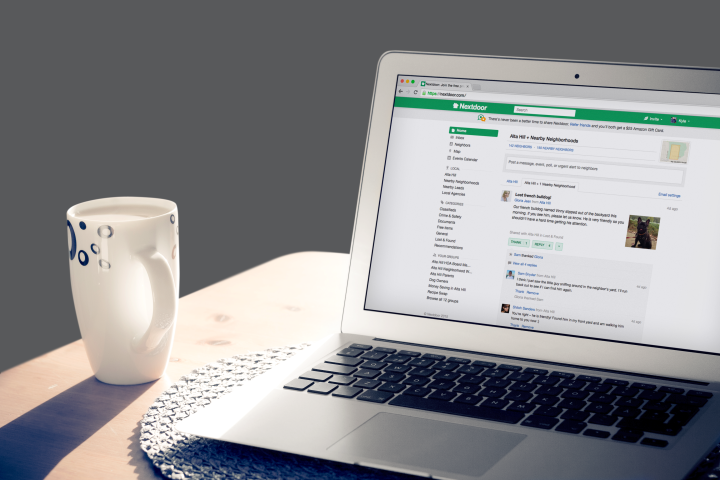
While reports note that racial profiling doesn’t run rampant on the neighborhood social network, it’s certainly not absent, either. The Times reports that it’s worst in Oakland, in which a third of households are active on Nextdoor. “What I saw was just shocking to me,” site user Monica Bien told the Times about the comments she saw.
“There is this automatic fear or suspicion of anyone different, and it was validated by all these neighbors,” she continued. “It was like the bias was so insidious, and somehow the online community allows them to say what they have been thinking all along but not saying.”
Posts include comments about “two young African-Americans, slim, baggy pants, early 20s,” or a “light-skinned black female” walking her dog while on her cellphone.
Nirav Tolia, Nextdoor’s co-founder and CEO, has had enough. “We have spent the last few months working on this challenging issue,” he writes in the blog post. “In that time, we’ve made a series of changes to our product, including: a new racial-profiling flag on posts, updates to our member guidelines, and a mandatory warning screen before posting in crime and safety.”
So now, in order to comment on Nextdoor, you have to use a form that employs “an entirely new ‘conversational’ approach to guide members through the posting process.” Tolia says that this new process will “require that members specify whether they are ‘reporting a crime,’ a ‘suspicious activity,’ or ‘other.'” This helps route the member through the correct prompts for more information.
Moreover, members will be guided through “a step-by-step form that requires complete descriptions of individuals and criminal activity.”
And finally, Nextdoor promises to help “educate members about the harms of racial profiling, and more broadly, what constitutes valid criminal and/or suspicious activity.”
Nextdoor plans to test this new form and reporting process in both the San Francisco Bay Area and Baltimore, and the company says that once it’s satisfied with results, it has “every intention to release these features to all 98,000 neighborhoods across the country that rely on Nextdoor.” In conclusion, Tolia says, “Thank you for helping us get this right.”
Editors' Recommendations
- Ring’s new Pet Profile feature can help find your lost dog
- YouTube is trying to crack down on QAnon videos. It’s not working
